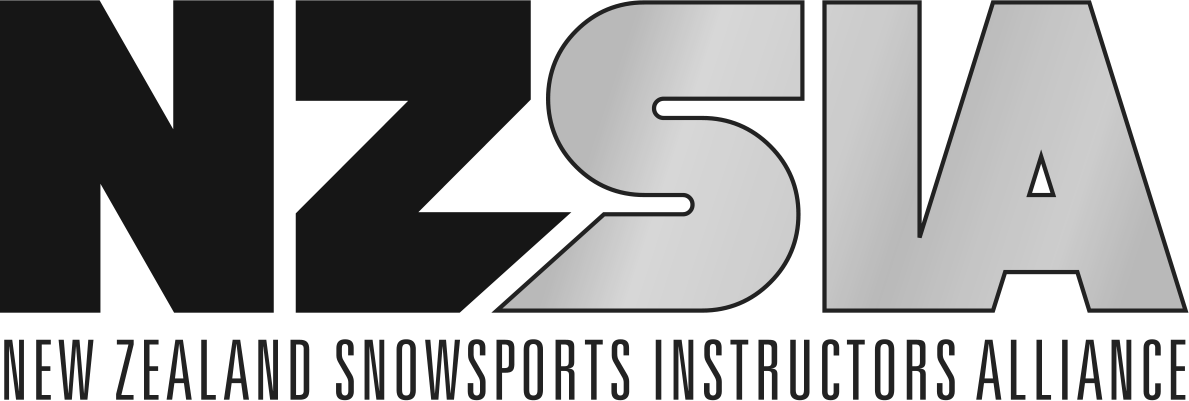1971
First courses run at Coronet Peak and Mount Ruapehu.
1972
The New Zealand Ski Instructors Alliance is incorporated as a non-profit society, changing the name from the original New Zealand National Ski School.
1973
First manual produced by Mike DesBrisay and further edited by Norm Crerar, who served as NZSIA Chief Examiners in the mid 70s.
1974
First Stage Two exam conducted.
1975
President Clive Manners-Wood attends Interski in Czechoslovakia and New Zealand is accepted as an ISIA member. Stage Two member Gillian Hall launches a New Zealand disabled skiing programme.
1976
New manual published.
NZ Association of Disabled Skiing formed.
1977
“Wise Kiwis Take Lessons” PR campaign and NZSIA ski school accreditation rolled out.
John Armstrong appointed Chief Examiner and Technical Director, the first New Zealander to hold these positions.
1978
The demonstration team for Interski selected, sponsors arranged and the delegation formed for the following year.
1979
New Zealand becomes the first Southern Hemisphere nation to demonstrate at Interski in Zao, Japan, as the NZSIA debuts as a full participating member.
1980
First Coaches Level One course held.
Annual instructor’s race held annually in Spring.
1981
The NZSIA marks 10 years of existence.
Executive Director position established with Scott Callaway appointed.
John Armstrong completes the latest edition of the manual, now 71 pages.
1982
Life membership offered for $250.
Examiner ranks grow to 13 across the country.
1983
NZISA attends Interski in Sesto, Italy, with a successful demonstration and gathers a trove of information on current teaching methodologies.
1984
Refresher Clinics, open to all members, added to the calendar of Stage One and Two, and Coaches Level One.
1985
NZSIA hosts the ISIA meeting in August, attended by 47 international delegates.
Agreement in principle that the NZSIA should accept the Telemark Working Group into the organisation.
Mountain Awareness Course planned to improve snow safety skills in line with other ISIA level qualifications.
1986
Telemark Division becomes official, headed up by Jef Desbecker and Whitney Thurlow. A Stage One course is added to the calendar.
Elementary Coaching Certificate course debuts as an entry level two day offering with 34 participants.
1987
NZSIA’s largest demonstration team and delegation attends its third Interski in Banff.
Stage ll decoupled with a 5 day “pre-course” early season and three day exam in the Spring.
Mountain Awareness Course, 5 days based at the Tasman Saddle Hut, becomes mandatory course for full ISIA certification.
Examiner and Technical Committee member Mark Whetu makes a ski descent from Xixapangma, 8013 m, having previously become the first to complete a solo ski descent from the summit of Aorangi, Mount Cook.
1988
Two new manuals produced; new edition of “A Teaching Progression” and “Ski Technique for Instructors – Advanced”
1989
Telemark Division’s first Stage Two course.
1991
20th year!
NZ Snowboard Instructor’s Association was founded and liaised with the NZSIA with the goal of establishing snowboard teaching certification the following year (later joining forces as the Snowboard Division within the alliance).
NZSIA attends Interski in St Anton, Austria, with a week of training prior as guests at the Bundessportheim, in St Christoph with the Austrian and PSIA demonstration teams.











